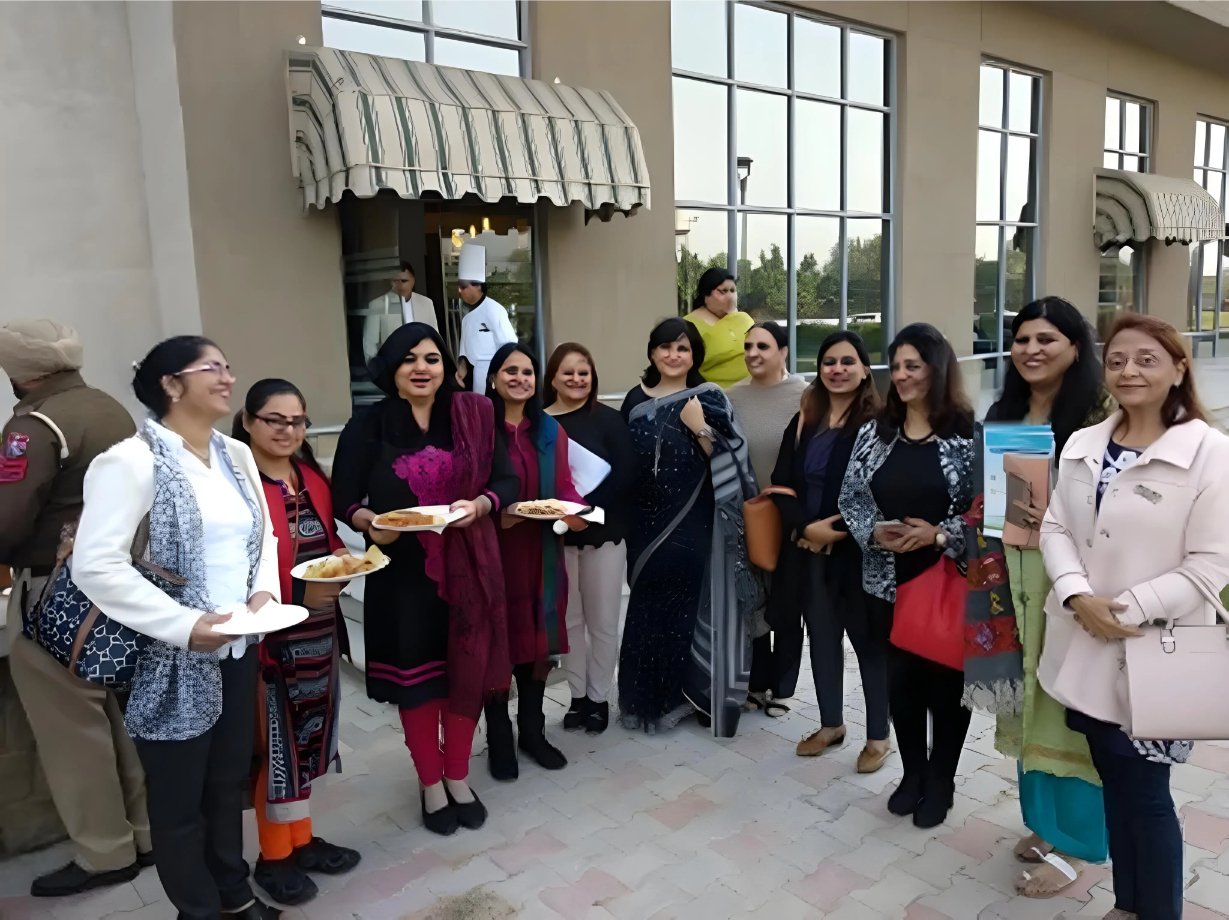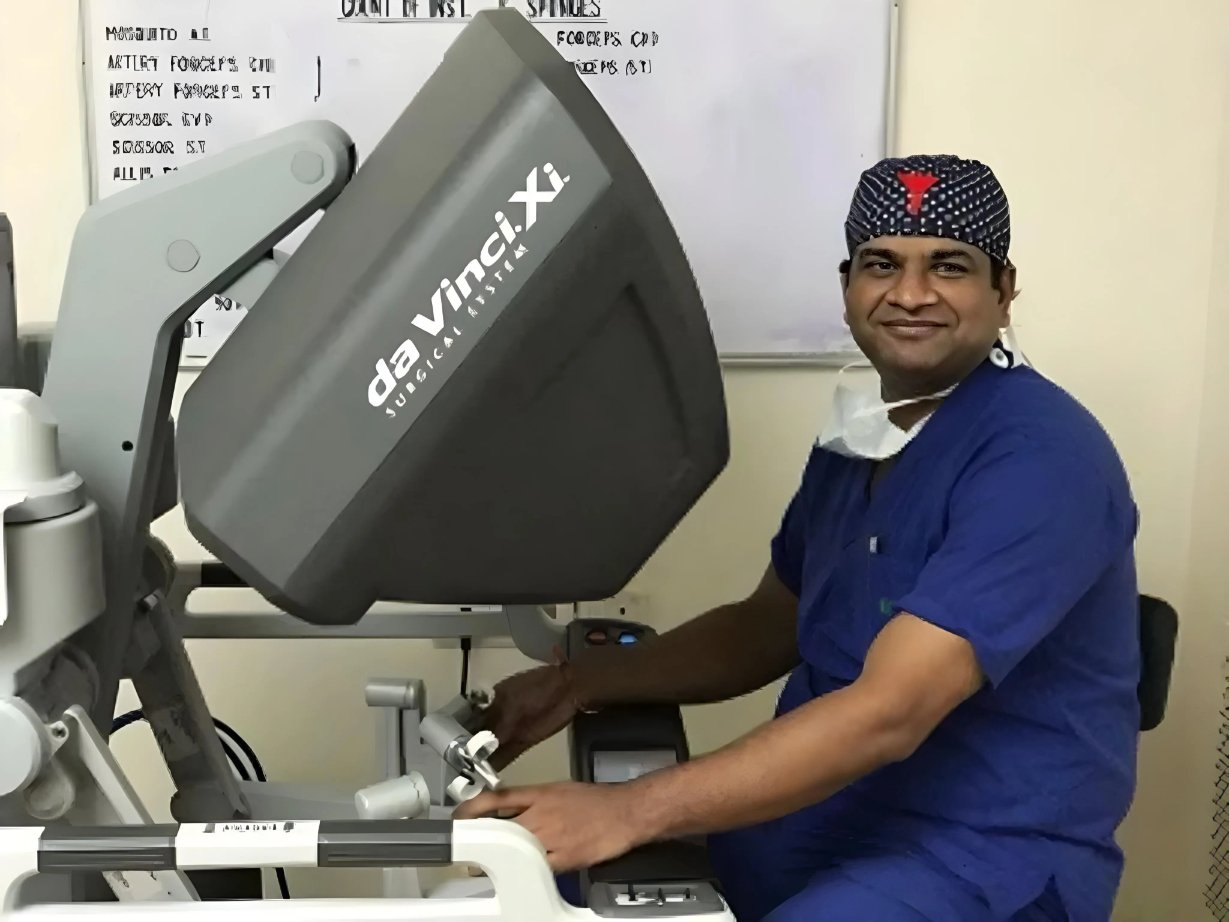There is very little happening in the country which instantly makes us feel pride in ourselves as a nation, except perhaps the exploits of our national team on the cricket field and the strides taken by our scientists involved in our famed space and missile programmes. But enter a hall where ‘fauji’ veterans are discussing India’s military history and your pride touches a high point.
School students listening into several such stories of grit and valour against all adversities, of the spirit of do or die for the country, of sacrifices, of victory, defeat and reverses, left them in awe of the brave hearts on the first day of the two-day Military Parley organised at the Sector 10 Government Museum and Art Galley auditorium on Tuesday. The parley is part of a series of activities being organised in the run up to the first ever Military Literature Festival to be held from December 7-9.
The topics touched by war veterans, including Army generals, brigadiers, colonels, a squadron leader and a wing commander of the Air Force, ranged from the relevance and status of the armed forces in society, man or machine who matters most, successful operations like Operation Cactus and Battle of Haji Pir, lessons from Kargil War, military humour, bomber operations deep inside Pakistan in the 1971 war, operations in Siachen, and the Trishna expedition in which an army adventure team sailed across the world in a relatively small yacht amidst the treacherous seas.
Among the other topics were Battle of Chawinda in 1965 in which the Indian Army suffered serious reverses, operations of 1st Jammu and Kashmir Rifles in the Bangladesh war, the Battle of Bumla during the 1962 India-China war in which the ill-equipped and ill-prepared Indian forces were vanquished despite displaying exemplary bravery on the battlefield, experiences of the 50 Para (independent) brigade during the 1965 war in the Kutch area of Gujarat and Lahore. There were also talks on the impregnable Ambala air base during the 1965 war, the Hazratbal operations and training of the Indian infantry.
Setting the stage for the parley, Lt Gen. Bhopinder Singh (retd), former Lt. Governor of Andaman and Nicobar and Puducherry, said with new dimensions being added to warfare like nuclear, space and cyber, countries were forced to expand their armed forces depending upon their threat perception. Maintaining that India’s large standing Army commanded high respect in the eyes of the common man ever since Independence, he rued the gradual degradation and devaluation of the armed forces under successive governments.
Sharing an instance of the spirit of love displayed by common citizens for the Army during the 1965 war, he said people thronged railway stations to give us food. When our forces advanced on the borders, farmers marched behind us insisting that when the Indian forces capture Lahore they would bring back buffaloes as souvenirs.
Lt. Gen. VK Dhir (retd) stressed the need to think beyond the clichéd dictum that the man behind the machine is more important than the machine, because the pace at which technological advancements were overtaking battlefield scenarios was mind-blowing and no country could afford to be a laggard in adopting the latest warfare technology. The time is not far when a B.Tech. degree could become mandatory for joining the armed forces, he added.
Strongly advocating scrapping of the ordnance factories, which he claimed had failed to deliver quality military hardware, he called for establishing military industrial complexes with the help of the private sector, asserting that the country could trust in it to deliver cutting edge technologies as per requirements of India armed forces. How long can we remain dependent on other countries for our own security requirements, he asked.
Rooting for greater allocation of funds for the defence forces for rapid modernisation, Gen. Dhir suggested that the government could also consider pruning the large standing army of the country, which consumed 85 percent of the defence allocation, to make it lean and mean.
Squadron Leader PPS Gill (retd) shared graphic details of two successful daring bombing operations during the 1971 war in which Canberra bombers of the Indian Air Force inflicted considerable damage upon the heavily defended Karachi airbase and naval base.
Brigadier RJS Dhillon (retd) spoke about Operation Cactus carried out by the Indian Army in the Maldives to save that country from a coup bid, and said the operation gave the Army the confidence to launch operations at short notice. He described the operation as an example of perfect sync between political and military leadership.
Colonel J S Bindra (retd) reminiscenced about the capture of Haji Pir Pass prior to the 1965 war by 1 PARA led by Major Ranjit Singh Dyal.
Throwing light on the lessons of the Kargil war, Brigadier MPS Bajwa (retd) batted for keeping intelligence apparatus intact along with proper utilisation of resources. Brigadier Kiran Krishan dwelt on humour and described it as the companion of an army man, while relating some lighter moments from his army days.
Colonel MS Dahiya (retd) spoke about the Siachen Operation in 1984-85 and recalled the difficulties involved in operating on inhospitable terrain.
The parley will continue on Wednesday.





.jpg)
.jpg)
.jpg)
.jpg)
.jpg)








